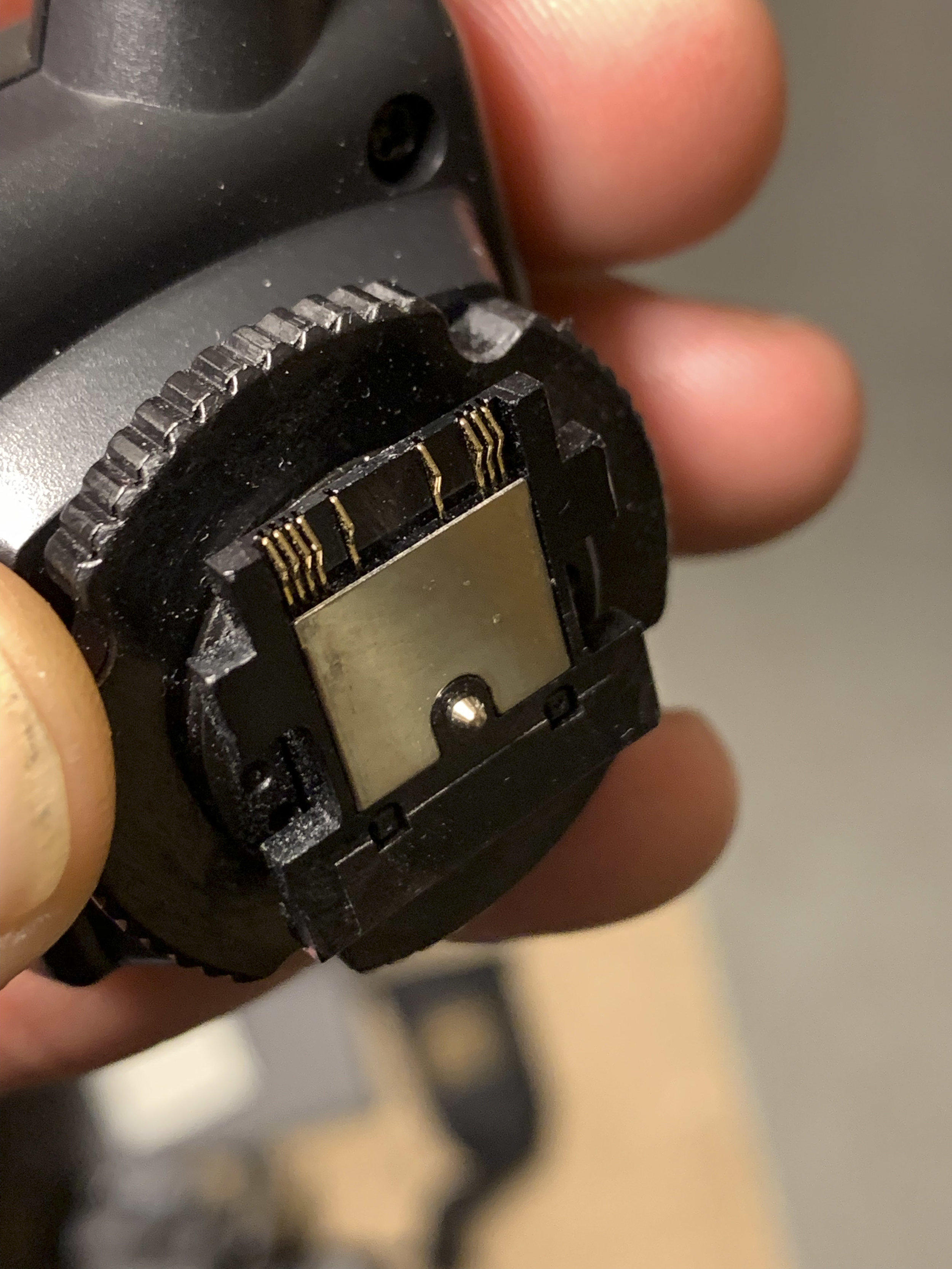I’ve been using the Sony A9 for nearly 2 years now, it appealed to me as a silent option for my speaker photos at conferences and intimate executive meetings. I’m often crouched in a crowd of high level executives shooting their CEO speaking. The clack, clack, clack of the Canon 1DX just didn’t work well, and even the silent mode of the Canon 5D Mark IV was not very silent. As a bonus everyone told me how amazing the auto focus was. For nearly 18 months I was in love with the A9, it was incredible. It has the best autofocus system I’ve ever used and nobody had really told me how amazing the Eye AF was. Its a game changer if you shoot people. So I was getting by very happily with the Sony A9 permanently attached to the Sony 70-200mm F2.8 and the second or third body being my pair of Canon 5D Mark IV’s with the wide zooms and a flash (the Canon 600).
After dropping focus more times that I like to admit on the Canon’s I thought it was about time to switch fully to the Sony system. It was one of those things that baffled me the most when I started shooting professionally over 12 years ago, professional photographers raving about their latest prime lens and how great they were, but never complaining about the 50% hit rate when shooting at F1.4. I always thought I was doing something wrong, or didn’t own the nicest and newest camera systems. I didn’t realize that people just kept quiet about the camera failure, and didn’t want people thinking it was user error. I would say that most Canon prime lenses attached to most Canon bodies did not create more than half of the photos in focus when shot wide open. Of course subject moving, Continuous focus settings and back button focus can all change the variables, but until I owned the newest Canon 35mm !.4 or the new Canon 85mm 1.4 IS, I was losing the prime battle. Now dont get me wrong, if you hit focus on the 50mm 1.2, it was a beautiful thing. But more often than not you missed. This is not the case with my A9, the focus is nearly always on point, and along with accuracy, the eye AF saves you from scrolling through focus points to get the perfect composition. You can finally just worry about composition and light, not the functional aspects of the machine.
SONY TTL Flash Connection Failure
Here’s the dark secret about Sony Mirrorless Cameras. The flash shoe attachment system is flawed. Flawed beyond belief. I have never once worried about whether my Canon, Fuji or Leica flash made a good enough connection to properly communicate to each other. But with Sony those small pins are delicate. I’ve had problems getting the Profoto Air triggers to connect properly, the Profoto A1X flash was terrible, it had bent pins in a week. I know people might say I’m being clumsy with the connection. NOT anymore clumsy than I ever was with my Canon 5D Mark IV, Canon 1DX…. None of those connections EVER failed. So Sony needs to sort this out. Rethink this connection for the flash. They have solved so many other issues, but this one is a big problem. Huge. I have read very little about it online and I’m honestly shocked. I went into Adorama and the sales person knew immediately what I was worried about, he shoots Sony and feels the same way. I now need a backup flash at all times. Just in case. I had to buy the non-TTL Profoto trigger, which by the way works perfectly as long as you don’t need TTL, which I dont most of the time.
All of the shill blogs who make money from links should be ashamed of themselves for not making more of a deal about this. Why is there so little online about this? Well, it probably doesn’t sell cameras. Rightly so, this is the hidden secret about Sony mirrorless cameras, they are totally unreliable in their connection to an on-camera flash. A plastic foot with tiny pins is not the solution. Time for some honest feedback
Sony TTL Connection Failure. A look at how delicate those pins are.
